Bali has a profound handloom textile tradition that has shaped its cultural identity for centuries. Textiles are deeply interwoven with Balinese society, serving not only as clothing but also as markers of social status, ceremonial symbols, and artistic heritage. Famous traditional fabrics such as Gringsing, Endek, Rangrang, Poleng, and Prada remain central to rituals and everyday life in Bali.
While handwoven textiles have long been part of Balinese culture, batik has a more complex story.
*Motif Pisang Bali (left) and Gringsing (right)
The Arrival of Batik in Bali
There is no definitive historical record of when batik first arrived in Bali. One possibility is that batik was introduced after the fall of the Majapahit Kingdom, when many Hindu Javanese migrated to the island. What we do know is that in 1963, Bali welcomed its first batik store and gallery: Batik Popiler in Denpasar.
Initially, Batik Popiler sold Javanese batik to both locals and tourists. It wasn’t until a few years later that the store began producing its own batik, adapting the craft to Balinese tastes and traditions.
The Birth of Balinese Batik Style
Around the 1970s, Pande Putu Krishna, an artist from Batubulan in Gianyar, pioneered the development of a distinctly Balinese batik style. Early patterns borrowed heavily from Javanese traditions, especially in the use of earthy brown tones and classic shapes.
As Balinese artists gained confidence and experimented further, their batik designs became more vibrant and diverse. They drew inspiration from Bali’s flora and fauna, introduced brighter colors, and even incorporated the tie-dye technique known as jumputan.
Soon, batik patterns began to depict not just nature, but also Balinese dances, rituals, and daily life, creating a unique visual language that set Balinese batik apart.
Iconic Motifs in Balinese Batik
Balinese batik is celebrated for its rich symbolism and artistry. Among the most significant motifs are:
Buketan Motif
One of the most prominent motifs, buketan takes its name from the French word bouquet, meaning a bunch of flowers. The design typically features lush floral arrangements, complemented by butterflies, storks, and mythical birds such as the hong. This combination adds both beauty and symbolic meaning, reflecting prosperity and harmony with nature.

Abyorhokokai Motif
Another notable design, Abyorhokokai, highlights the elegance of the peacock as the central figure of the fabric. Influenced by Japanese culture, the motif often includes blossoms reminiscent of cherry flowers, symbolizing beauty, renewal, and cultural fusion.

Balinese Batik Today
Balinese batik continues to evolve, blending traditional textile heritage with contemporary creativity. From ceremonial use to modern fashion, these fabrics carry stories of migration, cultural adaptation, and innovation. What began as an imported craft has become a thriving part of Balinese identity, celebrated by locals and admired by visitors from around the world.


